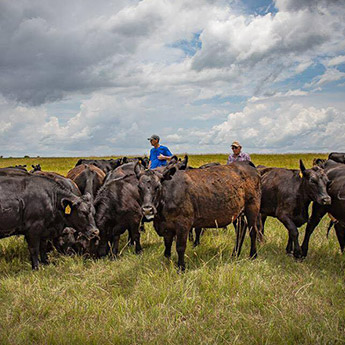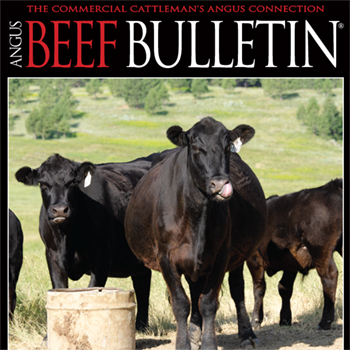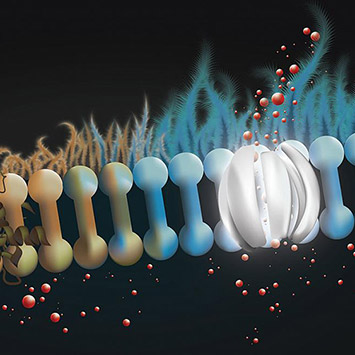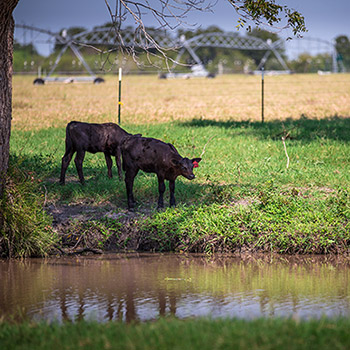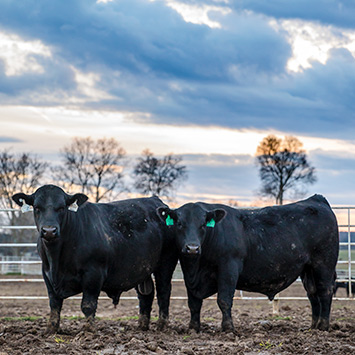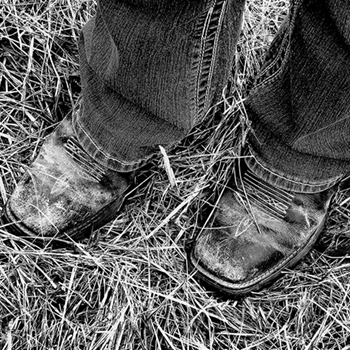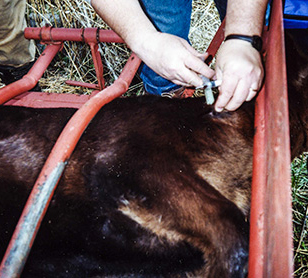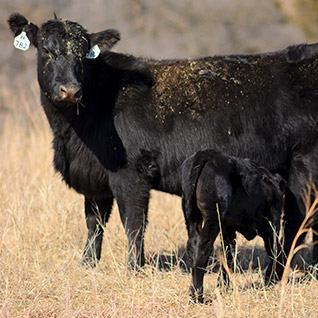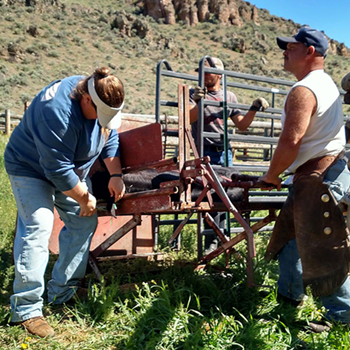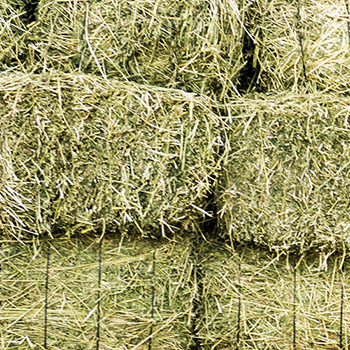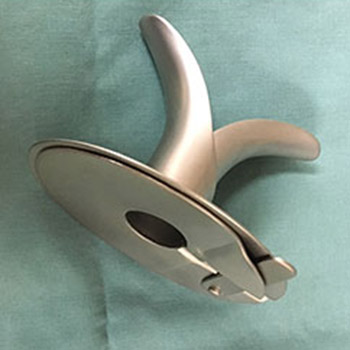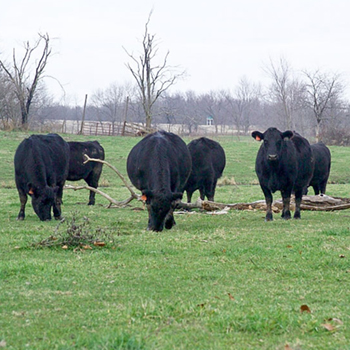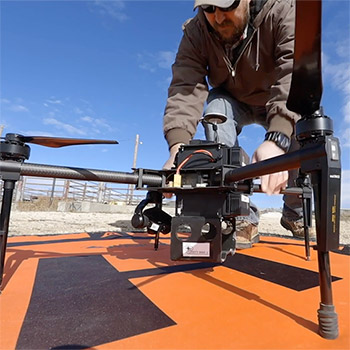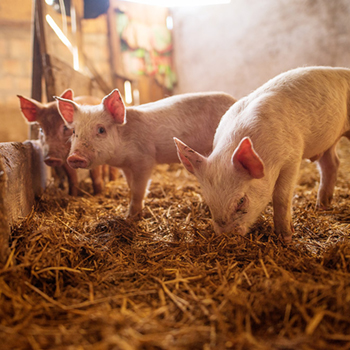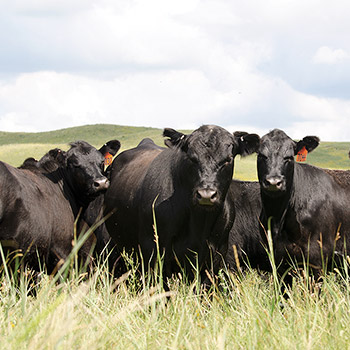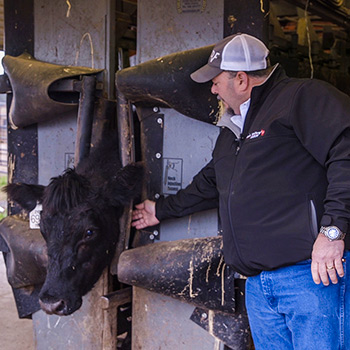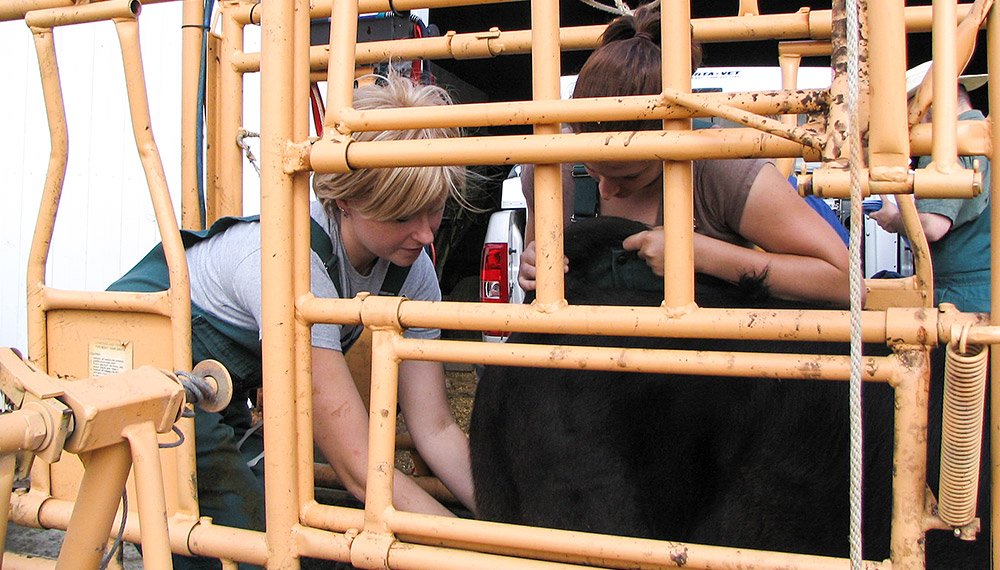
More Attached
Pain management important when castrating older animals.
by Heather Smith Thomas
Castrating baby calves is not very hard on them, but banding or cutting older calves is a different story. The beef industry is looking into pain management in these older animals.
David Rethorst, veterinarian with Beef Health Solutions, Wamego, Kan., recently served on a task force for the American Association of Bovine Practitioners (AABP).
“We update our dehorning and castration guidelines every five years and these were due to be updated in 2019. The old AABP guidelines stated that castrations should be done by 120 days of age. I believe the new AABP guidelines will state that castration should be done prior to 3 months or the first practical time to castrate after 3 months of age,” he says.
“I don’t recommend use of lidocaine on calves for castration if they are younger than 3 months. The main thing at that age is just to be quick and clean. Those calves recover quickly, and it’s not that stressful,” he adds.
If calves are weaning age or beyond, Rethorst uses epidural anesthesia, along with a small amount of sedation mixed in.
Meloxicam (a drug for pain relief) can be used with a veterinarian’s prescription, and now a new Banamine® pour-on is available for pain relief. There are several non-steroidal anti-inflammatory products that can be used on these bigger calves to make life easier for them, but it’s better to get it done when they are babies, he says.
“I see cattle coming into backgrounding and feedlot operations, particularly from the Southeast, that were purchased as steers, but two-thirds of them are still bulls. We castrate those when they come in, which adds another stress on top of transportation stress, sale barn stress, weaning stress, etc. We end up with respiratory problems in many of those calves,” he says.
“A study several years ago at the Kansas State Stocker Unit looked at nearly 3,000 high-risk steers and bulls. Death loss on the steers was 0.72%, and death loss on castrated bulls was 2.28%, which is a significant difference,” Rethorst says. “Additionally, there are more that had to be treated. As a rule of thumb, for every 10 calves you treat, one will die. If we multiply 0.72% times 10, this means they probably treated something over 7% of those calves. With the castrated bulls, this means they probably treated nearly 23%.”
This adds cost for drugs and labor, plus the issue of antibiotic stewardship. It just makes more sense to castrate calves as babies to save those later expenses and losses.
Most western ranches do a good job because they are getting those calves in for a vaccination protocol and branding, says Rethorst.
Seedstock producers have more challenge because there are some bull calves that can’t be castrated young; the producer wants to wait and see which ones can be sold as bulls, so some are castrated later. If those bigger bulls are going to be castrated, they need some anesthesia and pain mitigation, he says.
“The longer you leave the testicles attached, the more attached the calf is to those testicles! If that animal is older when castrated, there’s more need for pain medication. If that calf gets to weaning age before he’s castrated, there’s a place for using lidocaine and non-steroidal anti-inflammatory drugs such as meloxicam or Banamine pour-on for pain management,” says Rethorst.
Editor’s note: Heather Smith Thomas is a cattlewoman and freelance writer from Salmon, Idaho. Photo by Carrie Spader.
